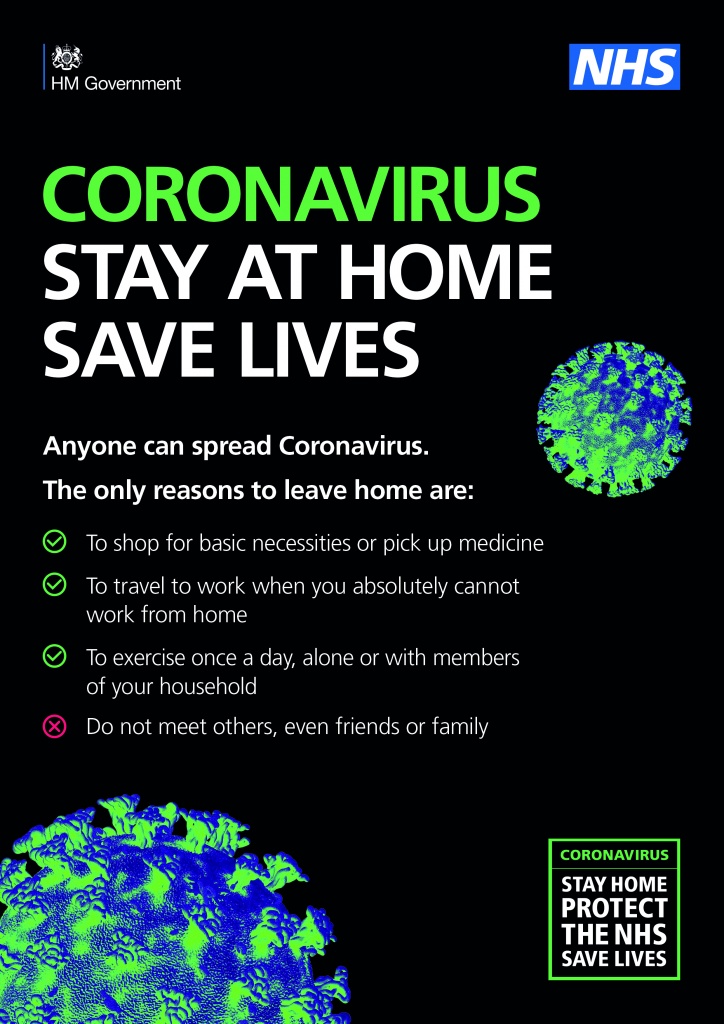
Public Health England (PHE) has developed a new method of reporting daily COVID-19 deaths, to give a more complete number of those who have died from the virus.
For the first time from today, Wednesday 29 April 2020, the government’s daily figure will include deaths that have occurred in all settings where there has been a positive COVID-19 test, including hospitals, care homes and the wider community. Scotland, Northern Ireland and Wales already report out-of-hospital deaths.
Today’s figures have been revised retrospectively by PHE since the first death on 2 March 2020 to include additional data sources. This will bring the total number of deaths in the UK to 26,097 from 2 March until 28 April, including 765 deaths reported in the 24 hours to 5pm on 28 April.
PHE has now reported an additional 3,811 deaths since the start of the outbreak. Of these, around 70% were outside hospital settings and around 30% were in hospital. The additional hospital deaths have been identified through PHE’s laboratory system and were not reported to NHSE.
The total number of deaths reported by PHE is approximately 17% higher than previous data showed. It is important to note that this does not indicate a sudden one day increase and is broadly in line with trends seen by the ONS in their data, which already reports out of hospital deaths.
Dr Yvonne Doyle, Medical Director at PHE, said: Every death from COVID-19 is a tragedy. Tracking the daily death count is vital to help us understand the impact of the disease.

These more complete data will give us a fuller and more up-to-date picture of deaths in England and will inform the government’s approach as we continue to protect the public.
It will remain the case that ONS data, which publishes every week with data from 11 days ago, includes suspected cases where a test has not taken place. ONS figures will therefore continue to include more deaths than our daily series.
From the start of the pandemic, the Department of Health and Social Care (DHSC) has reported a daily count of COVID-19 deaths in hospitals in England, with deaths in other settings included from Scotland, Wales and Northern Ireland.
Each day, PHE will link data from 3 different sources: the NHSE dataset collected manually from trusts; deaths collected electronically from NHS information systems; and reports from PHE Health Protection Teams as part of their local outbreak management.
Helen Whately, Minister for Care, said: I am determined that people living in care homes continue to receive the best care possible during these challenging times.
Sadly, this pandemic has already taken many lives, and my heart goes out to all those who have lost loved ones before their time.
Today’s data cannot bring them back but it can help us to better understand the impact this outbreak is having on those living in care homes so that we can continue to do everything in our power to protect them.
PHE’s data complements the weekly death statistics published by the ONS. This has an 11 day delay due to the time taken for deaths to be certified, registered and processed, and includes suspected as well as confirmed cases in all settings. The ONS data is supplemented by CQC’s data, which comes from death notifications submitted by adult social care providers and also includes confirmed and suspected cases.

Kindly follow us on twitter:@AfricanVoice2









